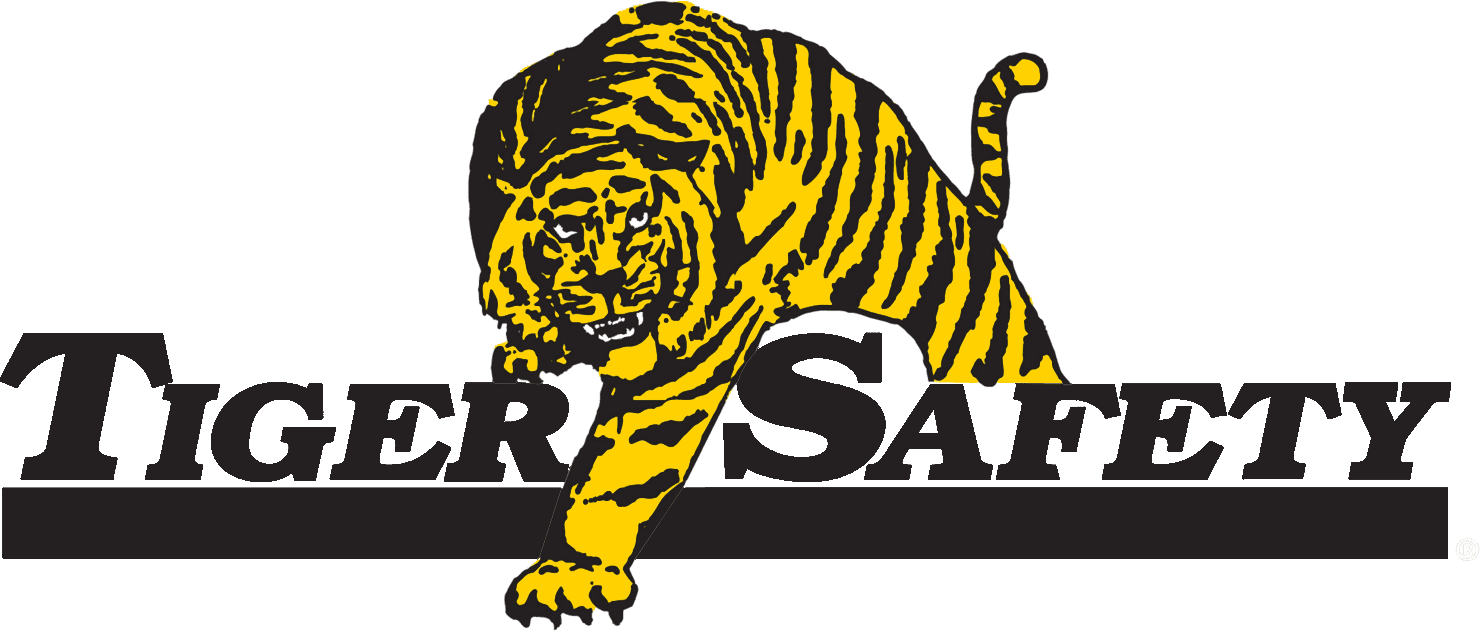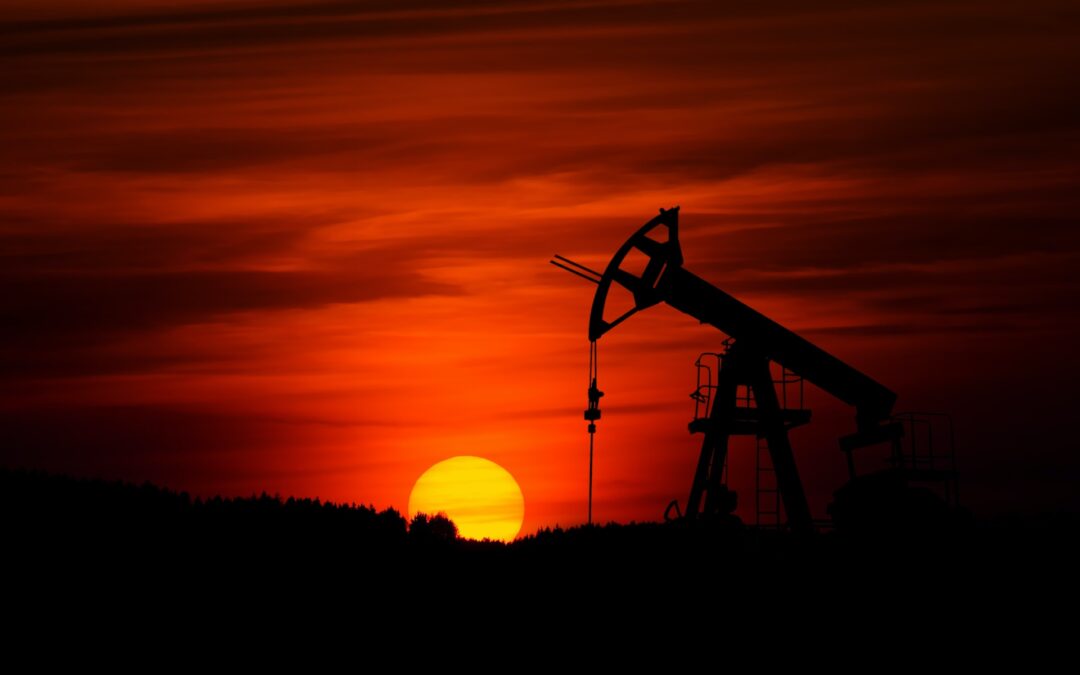Gas detection plays a vital role in maintaining a safe work environment in the oil and gas industry. The presence of flammable gases, toxic chemical compounds, and an oxygen-deficient atmosphere poses a significant risk to the safety of on-site personnel and the overall operation. In this article, we will explore the importance of gas detection in both onshore and offshore oil and gas operations, the various types of gas detection systems available on the market, and how Tiger Safety Rentals can support your efforts in creating and maintaining a safe and secure workspace.
As a leading provider of specialized safety services and equipment for oil and gas companies worldwide, Tiger Safety Rentals is committed to helping you address the unique challenges of gas detection in your industry. Our comprehensive range of gas detection solutions, expert consultation, and ongoing support combine to ensure that your team remains equipped and prepared to identify and respond to hazardous gas occurrences effectively.
Read on to learn more about the risks associated with undetected gas, the benefits of implementing a robust gas detection program, and the advantages of partnering with Tiger Safety Rentals to optimize your gas detection efforts and safeguard your workforce from potential hazards.
The Importance of Gas Detection in the Oil and Gas Industry: Maximizing Safety with Tiger Safety Rentals
Understanding the Risks Associated with Undetected Gases
The presence of harmful gases presents a significant hazard in the oil and gas industry. The risks associated with undetected gases include:
- Health Hazards: Exposure to toxic gases such as hydrogen sulfide, carbon monoxide, and benzene can result in both short-term and long-term health issues, ranging from mild irritation to severe respiratory distress, unconsciousness, and even death.
- Explosion Risks: Flammable gases such as methane can accumulate and create explosive atmospheres, posing a serious risk to personnel and equipment.
- Oxygen-Deficient Environments: Inadequate oxygen levels in a confined space can result in asphyxiation, while excessive oxygen levels can increase the risk of fire and explosion.
- Environmental and Regulatory Compliance: Failure to effectively monitor and control hazardous gas emissions can lead to significant fines and penalties, as well as damage to a company’s reputation and legal liability.
Implementing a Comprehensive Gas Detection Program
A robust gas detection program is necessary to ensure the safety of your workforce and the protection of your assets. Key components of a successful program include:
- Risk Assessment: Conduct thorough assessments to identify potential gas hazards and determine the appropriate gas detection solutions for your specific operation.
- Gas Detection Equipment Selection: Choose gas detection equipment that accurately monitors and alerts personnel to the presence of harmful gases, including portable and fixed detectors designed for various applications.
- Training and Education: Ensure your workforce receives comprehensive training on gas detection best practices, proper equipment usage, and procedures for responding to hazardous gas occurrences.
- Routine Inspection and Maintenance: Implement a regular schedule for inspecting, calibrating, and maintaining gas detection equipment to ensure its continued reliability and accuracy.
Types of Gas Detection Systems
There is a wide range of gas detection systems available to accommodate the varying needs of the oil and gas industry. Some of the most common systems include:
- Fixed Gas Detection Systems: Installed permanently in high-risk areas or confined spaces, these systems continuously monitor for dangerous gas concentrations and trigger alarms if hazardous levels are detected. Fixed systems are often integrated with a larger safety system for comprehensive monitoring and control.
- Portable Gas Detectors: These handheld devices allow workers to monitor gas concentrations in their immediate vicinity and are especially useful for transient work areas or entry into confined spaces. Portable detectors often provide an audible, visual, or vibratory alert when hazardous gas levels are detected.
- Wireless Gas Detection Systems: Wirelessly connected gas detectors offer the advantage of remote monitoring and control, allowing for real-time data collection and transmission, and streamlined communication between personnel and control centers.
Partnering with Tiger Safety Rentals for Gas Detection Solutions
Tiger Safety Rentals offers a comprehensive suite of gas detection products and services designed to address the specific challenges faced by the oil and gas industry:
- Specialized Gas Detection Equipment: Our extensive range of gas detection equipment includes fixed, portable, and wireless gas detectors designed explicitly for oil and gas operations. We provide a wide variety of detectors to accommodate the diverse needs of this industry, ensuring optimal safety and regulatory compliance.
- Expert Consultation and Support: Our team of experienced professionals can help you determine the best gas detection solutions for your particular operation, ensuring the appropriate equipment and strategies are in place to effectively manage gas hazards.
- Training and Ongoing Assistance: Tiger Safety Rentals offers comprehensive training in gas detection best practices, proper equipment usage, and emergency response procedures, ensuring your workforce is well-prepared to handle hazardous gas occurrences.
Conclusion
Gas detection is a critical aspect of safety in the oil and gas industry, and implementing a comprehensive gas detection program is an essential measure to protect your workforce from potential hazards. By understanding the risks associated with undetected gases, selecting the appropriate gas detection equipment, and implementing a robust gas detection program, you can effectively mitigate these risks and ensure a secure working environment.
Partnering with Tiger Safety Rentals as your gas detection provider allows you to access specialized equipment, expert guidance, and comprehensive training, equipping your operation with the essential tools and knowledge to manage gas hazards effectively. Contact us today to learn more about our gas detection solutions and discover how we can help you safeguard your workforce and achieve lasting success in the challenging oil and gas industry. Experience the benefits of top-quality gas detection solutions and unparalleled support with Tiger Safety Rentals.

